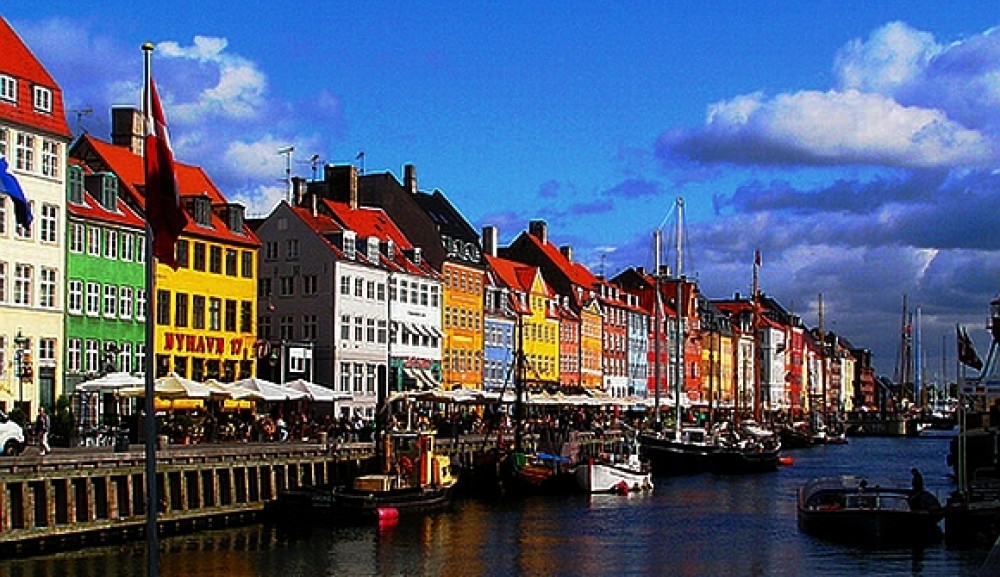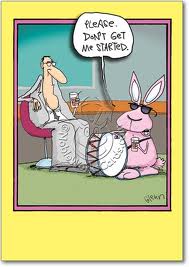Behold these two straightforward English sentences describing a system status:
“Maintenance – started at 9:30…”
and
“A problem – started at 9:30…”
Nothing seemingly “wrong” there… And yet there is a hidden issue which became apparent once the Danish translation surfaced.
You see the two English “started”-words are not 100% the same and the difference is best seen when switching to past tense: while we can say both “Maintenance – WAS started at 9:00” and “Maintenance – HAS started at 9:00”, the same symmetry does not apply to “an Error”: we can NOT say in English “Error – WAS Started at 9:00”, we can only say “Error – HAS started at 9:00”. This has to do with the strange nature of an error, we can not say about it that it actively “was started” (here “started” is practically an adverb, describing “was”). An error will typically occur by itself and we can just note a time when it has started (this “started” is a verb, past tense).
In Danish the difference between the two meanings is more visible, as the various cases actually get different word-endings:
English ==> Danish:
was started ==> blev startet, startedes
has started ==> har startet
started (verb) ==> startede
started (adverb) ==> startet
So, in Danish we can not use the (original) translation-pair:
Wrong Danish:
“Vedligeholdelse – startet kl. 9.00…”
“En fejl – startet kl. 9.00…”
The correct translation is:
Correct Danish:
“Vedligeholdelse – startede kl. 9.00…”
“En fejl – startede kl. 9.00…”





